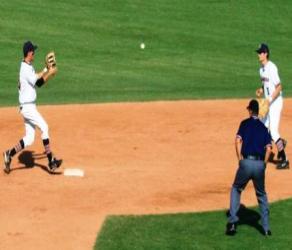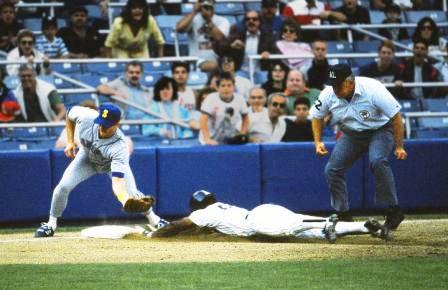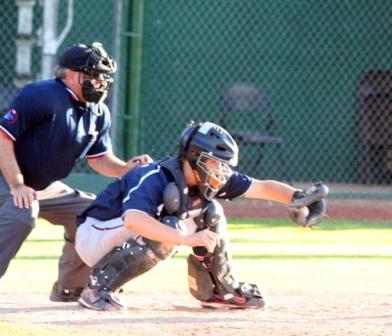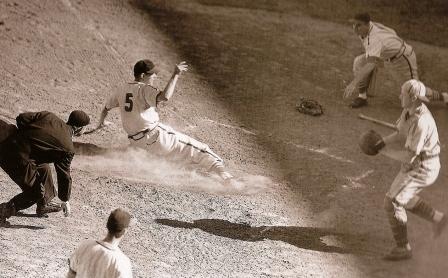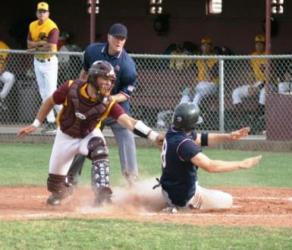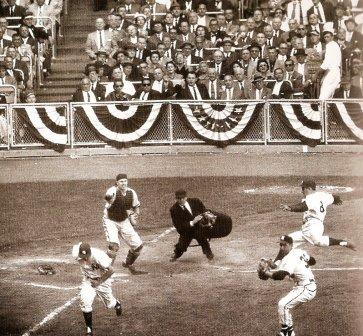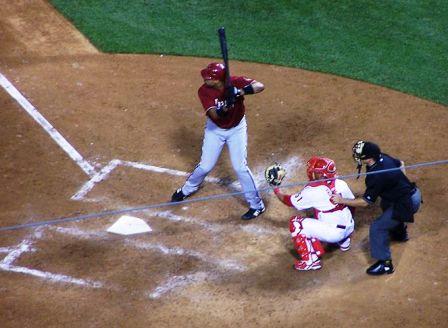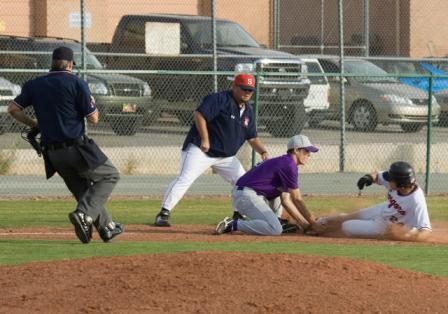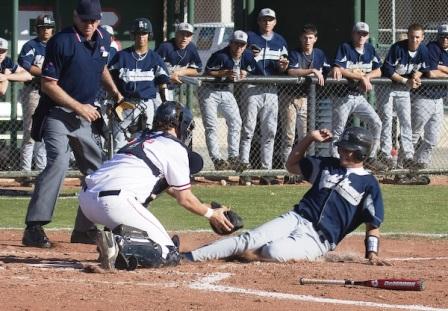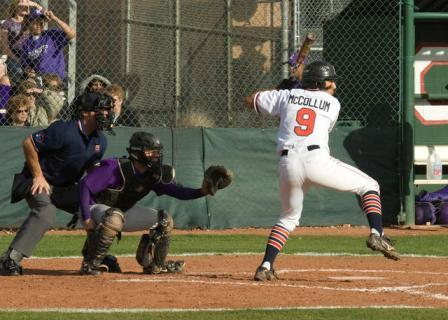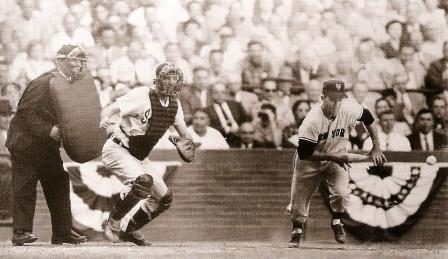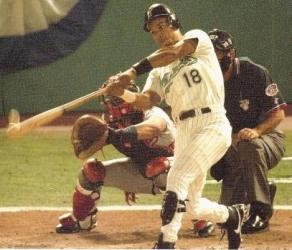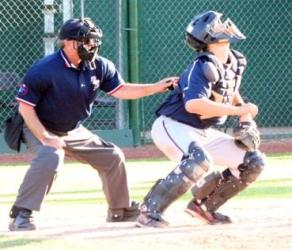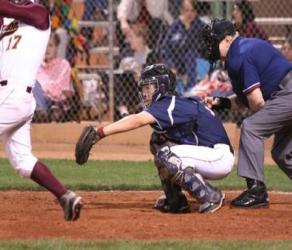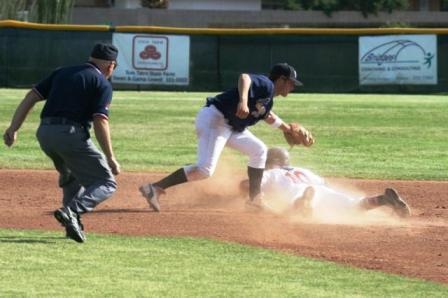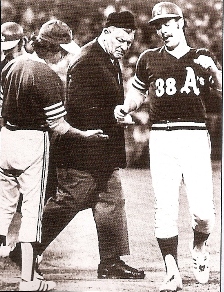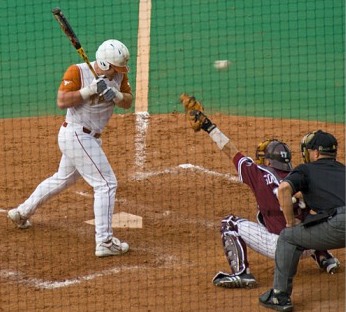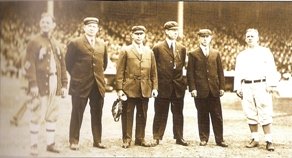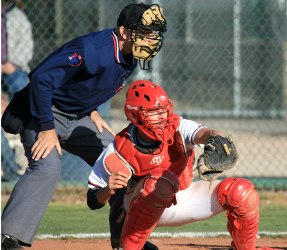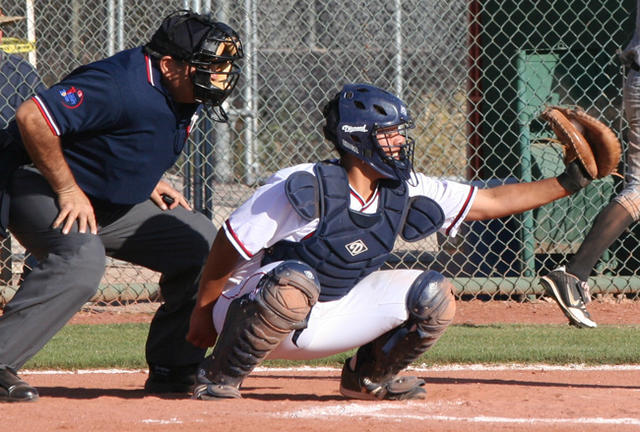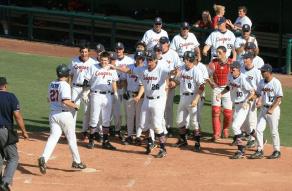 |
||||||||||||||||||||||||
Umpires, The Heart And Soul Of Baseball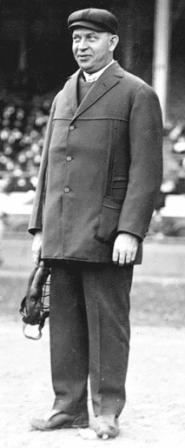
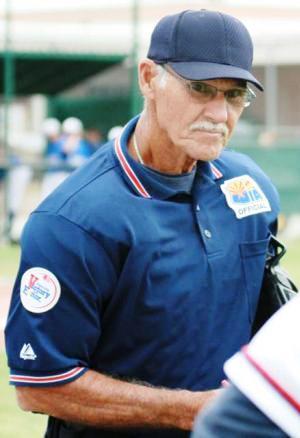
Umpires are certainly, the heart and soul of the game of baseball. From my experiences over 46 years in the game, they are a special group. The two images you see here are a great comparison of the gear and uniform worn back in the day, to what the modern day "man in blue" wears. While the equipment and uniform have evolved over the years, their job and function in baseball has not. On the professional level, additional umpires have been added to the game crew, allowing each individual to focus more completely on their responsibilities. For the youth league and high school, the numbers are the same. Two do the job of four to six of their MLB counterparts.It is hard to imagine baseball without these dedicated individuals. A fair and unbiased game would be virtually impossible. Frustrations would abound everywhere, all eventually leading to chaos. What Would It Be Like To Do A Job That Everyone Else Can Do Better Than You CanFrom sandlot to MLB stadiums, spectators, coaches and players routinely disagree with the calls, of the men in blue. Some do it respectfully, way to many do not. A ball or strike call at home plate can generate a throng of boos, as far away from the action as the upper decks of MLB stadiums. Possibly a better vantage point would be down the foul lines, tucked in behind the foul pole. The contentions come from there also. Day after day, at all levels, they take this in stride, going about their business, with the goal of getting every call right. Are they successful? The answer is yes! For the number of split second decisions made each game and the nature of bizarre situations which can occur in baseball, it is amazing how well they do, day in and day out. A Matter Of RespectIt was my first Little League coach, Dick Colgrove, who taught me to refer to the men in blue as "sir", or "Mr.umpire". Over the years, it has expanded to calling them by their first name, or sir. For myself, it is a way of showing respect for the job that they do, and the position on the field that they hold. For me, we are all partners in maintaining the old traditions, while establishing new traditions within the game of baseball. As umpires, and as coaches, we are there to create the best possible baseball experience for each of the players and families of those we come in contact with. Many years ago, the terminology was coined referring to them as "blue", in reference to the color of their uniforms. Personally, I feel that they take some offense to the term blue, so I have always taught players to go with what I was taught. It is a formality which keeps the game on a level above casual, while maintaining that level of respect that goes with the job they do. Trying my hand at umpiring in the summers between my junior year in high school and my freshman year in college, provided me with a perspective on just how difficult a job it can be. Working Little League, Ty Cobb and some lower level adult leagues in those summers, I was never able to get comfortable with that aspect of the game, feeling much more at home in the dugout or the coaches box. The Day Starts By Going Over The Ground Rules At Home Plate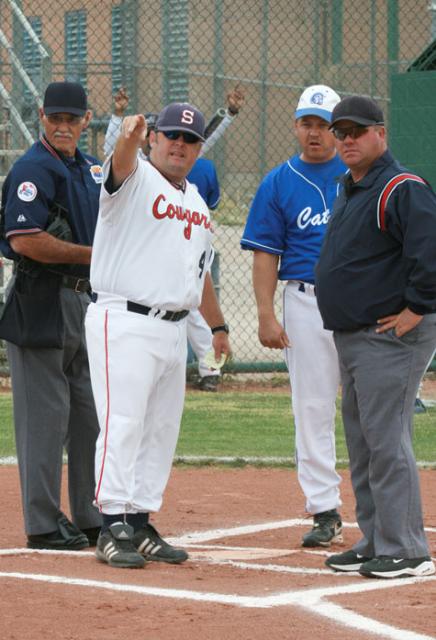
Ground rules are the road map by which they regulate their calls, within the different stadium and field scenarios. World wide, there are seldom two baseball stadiums, or fields with the same comfiguration of fences and dugouts. This factor leads to some pretty bizzare ground rules being put into effect. Officials and coaches alike need to be aware of those unique rules, and this is accomplished in the pre-game meeting at home plate, usually orchestrated by the home team's head coach. One Very Unusual Ground RuleWe had traveled for a varsity conference game, and upon arrival at the field could see that there was no backstop screen. What was in place were open holes in the ground, with the backstop poles inserted; but not set. They were leaning at an angle, waiting for the completion of the new construction. Yellow caution tape had been strung between the poles, as a warning. To make this situation even more interesting, the field was located on a hill, with the backstop pushed back to the edge to get the maximum amount of outfield space available. Foul balls which went out, also went down into the canyon below. The home team created a special ground rule for this game to accomodate the fact that balls getting by the catcher were on their way to the canyon bottom, a shakey way to play a high school game for sure. Strange circumstances, and odd configurations, create interesting situations for umpires to manage, coaches and players to work with. Some Dedicated Veterans, Past and Present, At Work In Their Office
The Federation strike zone is that space over home plate, the top of which is halfway between the batter's shoulders and waistline, and the bottom being the knees, when he assumes his normal batting stance. The height of the strike zone is determined by the batter's normal batting stance. If he crouches or leans over to make the shoulder line lower, the umpire determines height by what would be the batter's normal stance. The Little League strike zone is that space over home plate which is between the batter's armpits and the top of the knees when the batter assumes a natural stance. The umpire shall determine the strike zone according to the batter's usual stance when that batter swings at a pitch. The True Beauty Of The Individual Strike Zone Concept ~ Within The Game!From the time we all start school, learning begins concerning basic human differences and how we must adjust and adapt to get along, day to day. So it is in the world of baseball. One of the most noticible for players and coaches is the individual concept of the strike zone by those behind the plate. While at all levels, there is the language from the rule book which locates the boundaries of the zone, the actual dispersement of those boundaries is as varied as the individuals themselves. There are those who are low ball strike guys, some that are high strike guys, some outside and low, basically any type of pitch possible. Some would argue that is a bad thing, that the rule should be held to the letter of the description, so that it is consistent.What happens in actuality is each umpire establishes his or her own personal strike zone, based within the rule book guidelines. As coaches, our hope and expectation is that they remain consistent within their established framework. If they are calling the low, outside pitch a strike in the first inning, that they are still calling it the same in the last inning. One of a players main goals at the start of each contest is to determine what that umpire's strike zone is that day. At that point, as players and coaches, we all adjust to the zone as it is called on that particular day. Those that fail to adjust tend to struggle. Adjustment provides you an opportunity to be competitive. Just as it is in life, day to day, we all make the adjustments needed to be competetive. Just one more example of what baseball can teach you, that can be applied directly to the rest of your life.Yes, it's a game, and a whole lot more! 
This must be the only job in America that everybody knows how to do better than the guy who's doing it. ( American League Umpire ~ Nestor Chylak )return from umpires to theoleballgame.com 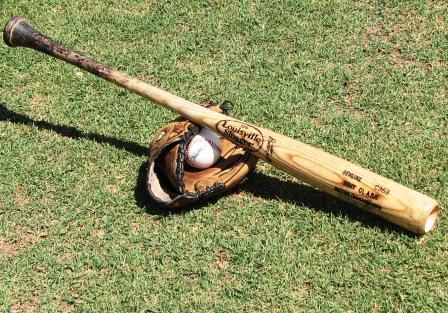 |
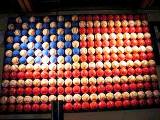 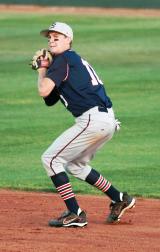 Click the image to visit our question page and have it answered. Due to my increased coaching schedule, I would ask that questions be limited to the following categories: Baseball Instruction, Baseball's Mental Game and Defensive and Offensive Situations. Don't have a question right now? Maybe you'd like to browse through questions already submitted. Each question becomes it's own web page on this site. Step up to the plate and put the ball in play! It only takes a few minutes. Solid resources for other categories: Baseball Resource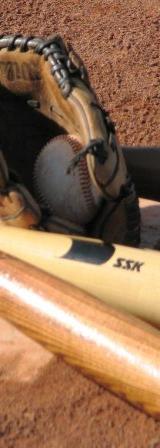 |
|||||||||||||||||||||||
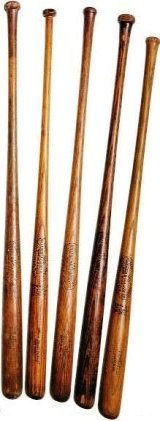 |
||||||||||||||||||||||||
|
| ||||||||||||||||||||||||
